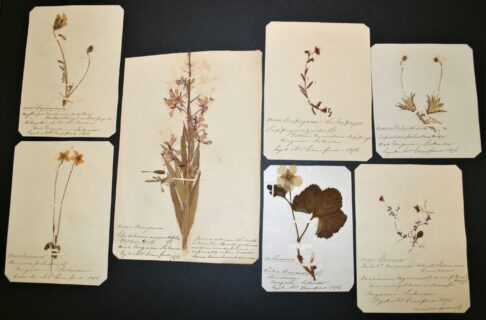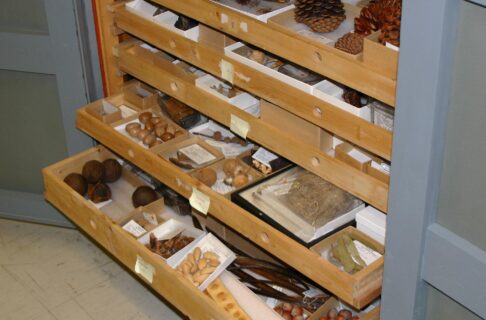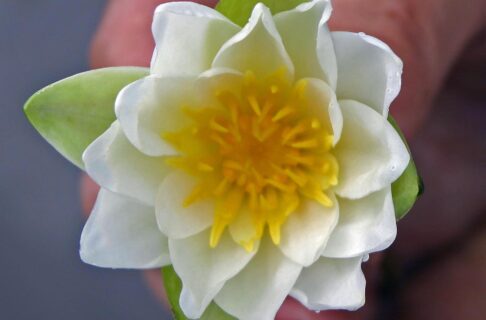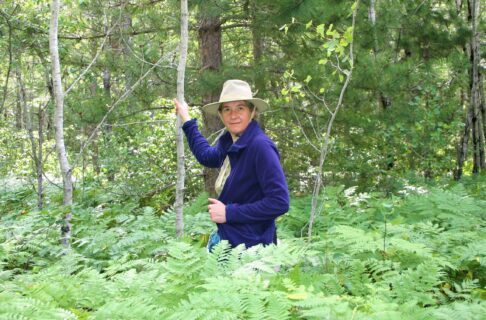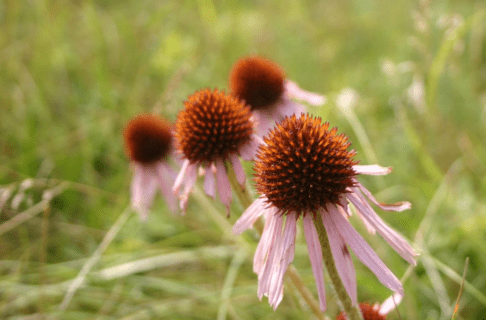Meet the team
Dr. Diana Bizecki Robson
Curator of Botany
Dr. Bizecki Robson obtained a Master’s Degree in Plant Ecology at the University of Saskatchewan studying rare plants of the mixed grass prairies. After working as an environmental consultant and sessional lecturer, she earned her Ph.D. in Soil Science from the same University, focusing on phytoremediation of hydrocarbon-contaminated soil using plants. Diana joined the Manitoba Museum team in 2003. She has continued to study rare prairie plants, documenting their distribution, habitat, and ecological relationships with other species. She also conducts research on prairie pollination and the conservation of wild crop pollinators, like bees and flower flies, in agroecosystems using wildflower plantings. Currently, she is working on a new Manitoba Flora publication to share her research and knowledge on the diversity of vascular plants in the province. When she has time, Diana also collects fungi, lichens, and mosses to document their distribution and habitat needs in Manitoba, and assess their rarity.
View BioManitobans depend on healthy ecosystems for oxygen, flood control, food production, water purification, carbon storage, and economic and recreational activities, like forestry and tourism. Healthy ecosystems contain a diverse mixture of thousands of plant and fungal species. But, due to overexploitation, climate change, exotic species introductions, and pollution, our ecosystems are changing, and some species are becoming endangered.
To protect ecosystems, we need to know how they are put together, and how environmental changes may impact them. The purpose of the Museum’s botanical research is to better understand the composition, structure, and resiliency of plant and fungal communities, and how they interact with animals and microorganisms. Past research projects include the pollination ecology of prairie plants, fire ecology in the boreal forest, and the distribution of poorly known plant groups such as Bugseeds (Corispermum) and Water-lilies (Nymphaea). The abundance, distribution, and ecology of nationally rare plants, including Buffalograss (Bouteloua dactyloides), Small White Lady’s-slipper (Cypripedium candidum), Smooth Goosefoot (Chenopodium subglabrum), Western Prairie Fringed Orchid (Platanthera praeclara), and Western Silvery Aster (Symphyotrichum sericeum), has also been a major focus.
The botany collection at the Manitoba Museum contains over 50,000 preserved plant (i.e. ferns, mosses, flowers, trees, shrubs, etc.) and fungal specimens (i.e. mushrooms and lichens), representing over a third of all species in these groups in Manitoba. The collection includes over 2,200 specimens of wood obtained from all over the world, one of the largest collections of its kind in Canada. The Museum also houses about 15,000 specimens from the Whiteshell Nuclear Research Establishment herbarium in Pinawa, which closed in 1988. Scientists use the Manitoba Museum’s extensive collection of plants and fungi to understand how the province has changed over time, and how we can protect vulnerable species and ecosystems from extinction.
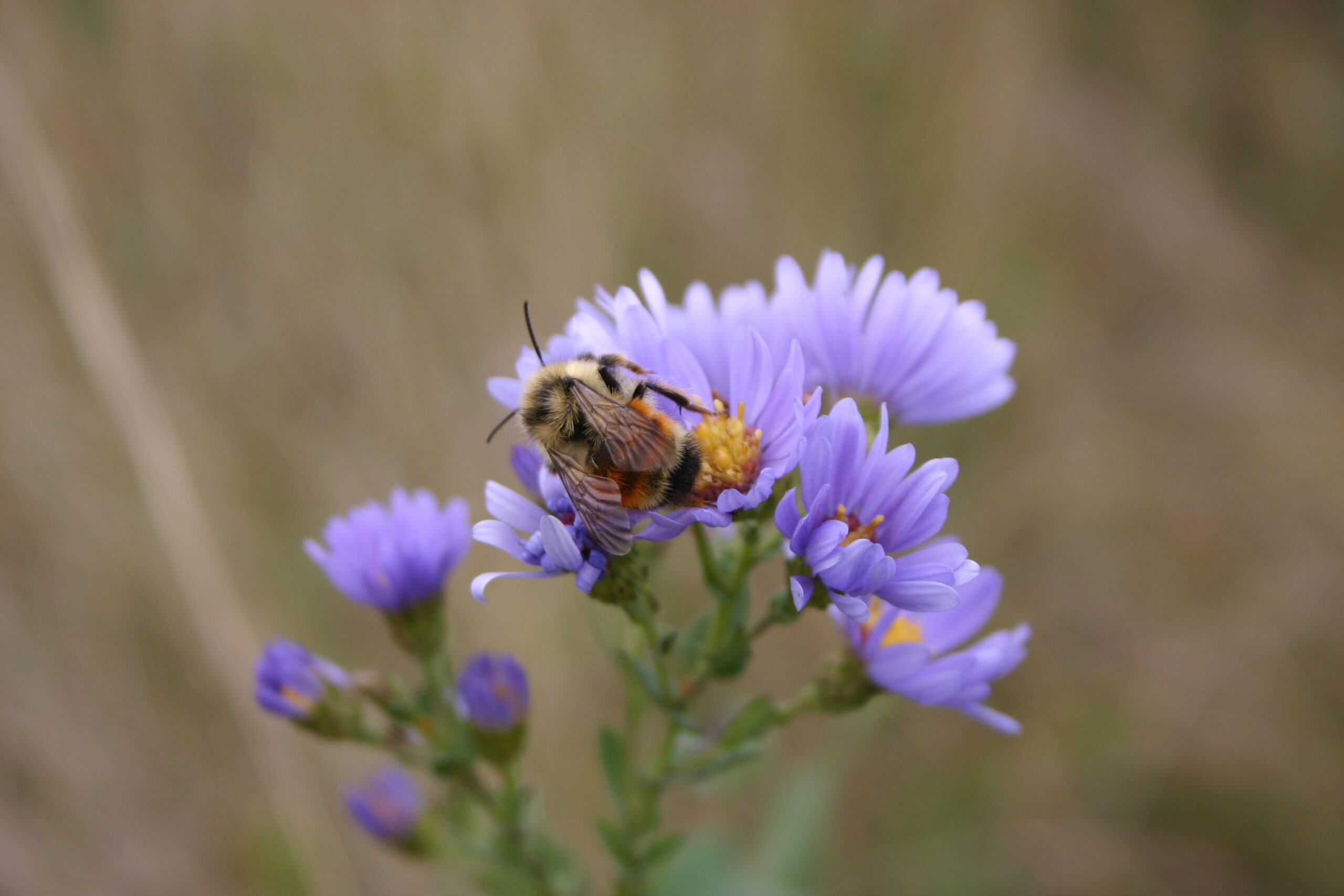
Prairie Pollination
Get to Know your Wild Neighbours!
Two-thirds of our crop species worldwide depend on wild pollinators to some degree. Those pollinators need more than just crop plants to survive – they need wild plants too! Staff at the Manitoba Museum have been quietly studying pollinators for over a decade.






